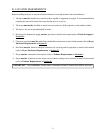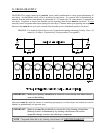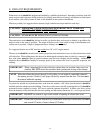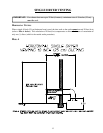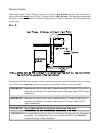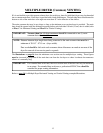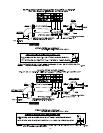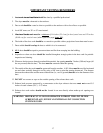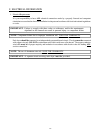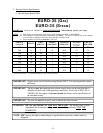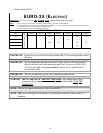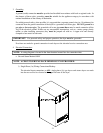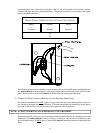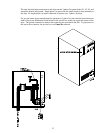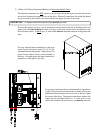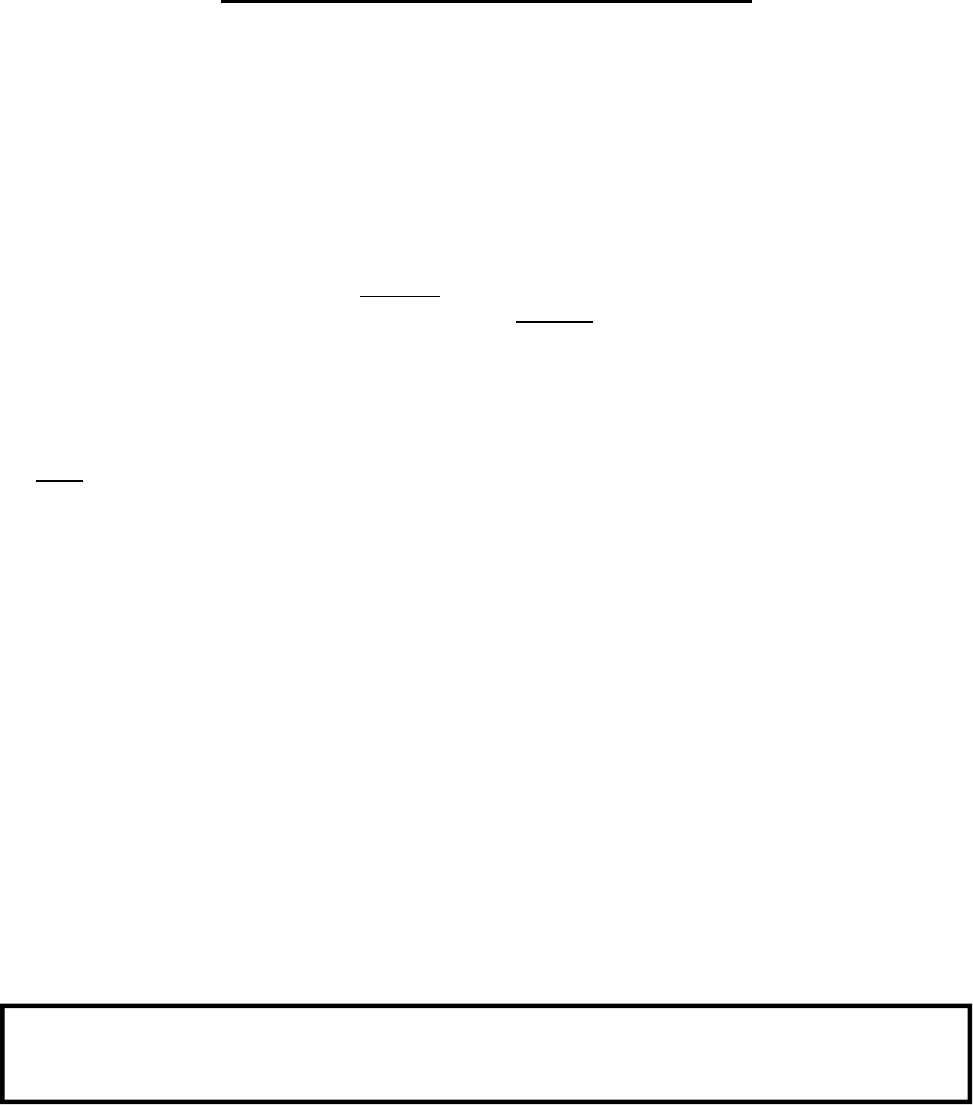
17
IMPORTANT VENTING REMINDERS
1.
Duct work size and installation
should be done by a qualified professional.
2. The dryer must be exhausted to the outdoors.
3. Duct work should be routed as short as possible to the outdoors with as few elbows as possible.
4. Avoid 90° turns, use 30° or 45° turns instead.
5.
The size of the duct work
must be a minimum of 10-inches (25.4 cm) for horizontal runs and 12-inches
(30.48 cm) for vertical runs (refer to previous page [page 16]).
6. The inside of the duct work should be as smooth as possible with no projections from sheet metal screws.
7. Ducts added should overlap the duct to which it is to be connected.
8. ALL ducts should be taped to prevent moisture and lint from escaping into the building.
9. Inspection or clean out doors should be installed throughout strategic points in the duct work for periodic
inspection and cleaning.
10. Wherever the duct passes through combustible materials, the opening must be 2 inches (5.08 cm) larger (all
the way around) than the duct. The duct must be centered within this opening.
11. The outside of the duct work must be protected from the weather. A 90° elbow must be used for horizontal
run and when vertically through a roof by using a 180° turn to point the opening downward. The distance
between the exhaust duct and the nearest obstruction (i.e., roof or ground) must be twice the diameter of the
duct.
12. DO NOT use screens or caps on the outside opening of the exhaust duct work.
13. Exhaust back pressure measured by a manometer at the dryer exhaust duct area must not exceed 0.3
inches of water column (W.C.) - 0.75 mbar.
14. Exhaust duct work outlets should not be located in an area directly where make-up air openings are
located.
WARNING: DRYER MUST NEVER BE OPERATED WITHOUT THE LINT FILTER/
SCREEN IN PLACE, EVEN IF AN EXTERNAL LINT COLLECTION
SYSTEM IS USED.



